The Concept Behind a Perfume
Creating a perfume starts with an idea. Perfume designers envision a story or emotion they want to capture. This concept guides every decision, from scent profiles to packaging. Perfumers then decide on the target audience and purpose of the fragrance—be it fresh, floral, or musky.
Selecting the Ingredients
Ingredients are the soul of any perfume. Perfumers choose between natural and synthetic materials. Natural ingredients include flowers, fruits, spices, and woods. Synthetic compounds, on the other hand, are used to replicate rare or endangered scents. High-quality raw materials ensure the fragrance’s longevity and appeal.
The Role of Essential Oils
Essential oils play a crucial part in crafting perfumes. These oils are extracted from plants using techniques like distillation or cold pressing. Their purity directly influences the perfume’s richness and intensity.
Crafting the Fragrance
The Art of Blending
The blending process requires precision. Perfumers, also known as “noses,” combine top, middle, and base notes to create a balanced scent. Top notes are the first to be noticed but fade quickly. Middle notes form the fragrance’s heart, while base notes provide depth and longevity.
Perfume Concentrations
Different perfumes have varying concentrations of oils. Eau de parfum has a higher concentration, making it last longer, while eau de toilette is lighter and more subtle. The concentration level determines the fragrance’s strength and staying power.
Testing and Refining the Scent
After blending, the perfume undergoes rigorous testing. Perfumers adjust the formula to ensure the scent matches the original concept. They test how the fragrance develops over time and interacts with skin chemistry.
Bottling and Packaging
Designing the Bottle
The bottle is as important as the fragrance itself. Designers create unique shapes and styles that reflect the perfume’s identity. Glass bottles are the most common, offering durability and elegance.
Branding and Labels
Labels and packaging play a key role in marketing. They often highlight the perfume’s name, ingredients, and brand story. Eye-catching designs attract customers and enhance the product’s appeal.
Production and Quality Control
Before reaching stores, perfumes go through strict quality control. Manufacturers ensure consistency in scent and packaging. This step guarantees customers receive a flawless product.
Final Touches and Distribution
Once quality checks are complete, the perfumes are packaged and distributed worldwide. Retailers stock shelves with the latest creations, ready to captivate consumers.
From concept to bottle, creating a perfume is a blend of art and science. Every step, from ingredient selection to packaging design, contributes to the final masterpiece. The next time you spray your favorite fragrance, remember the craftsmanship behind it.

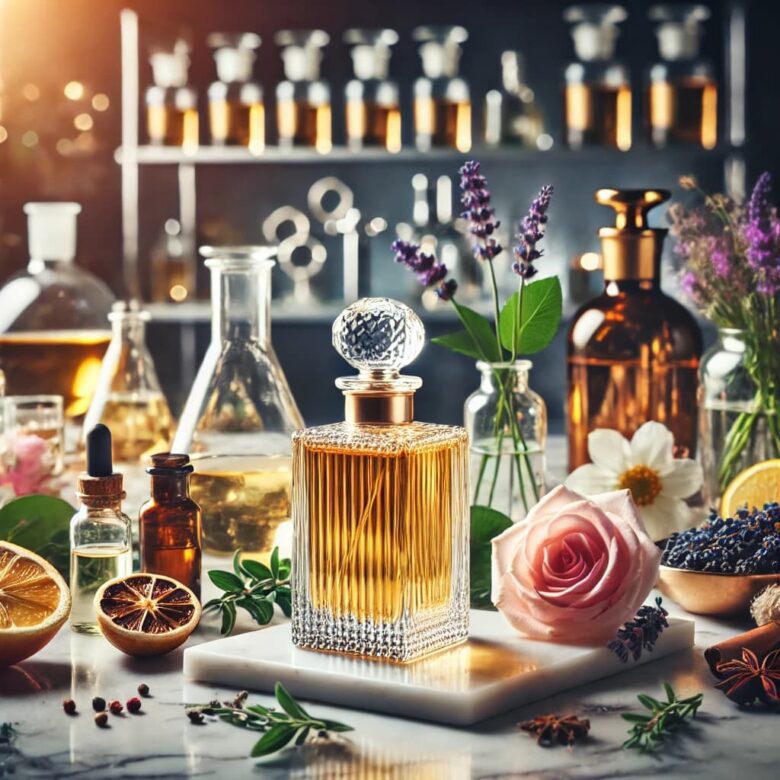
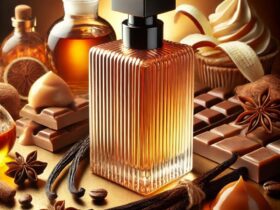
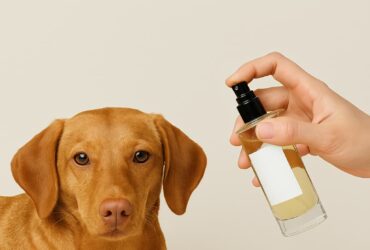
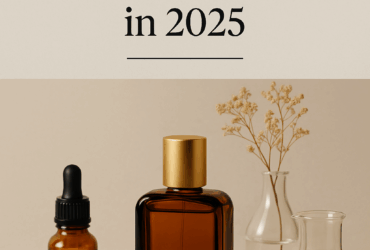
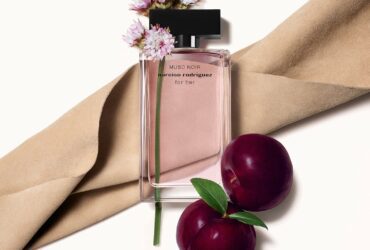
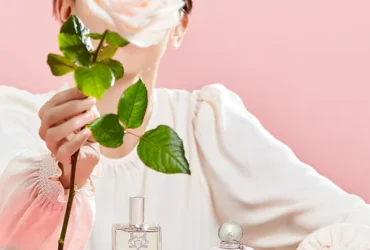
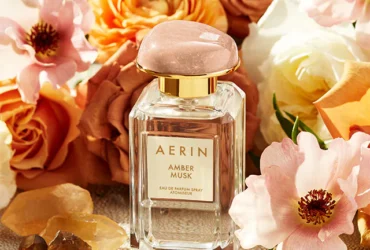
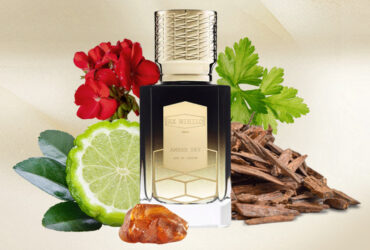

Leave a Reply